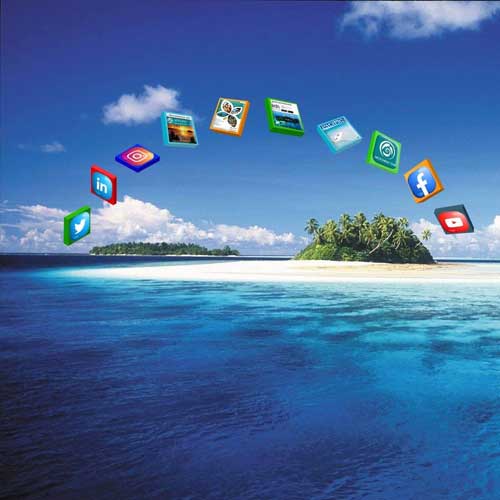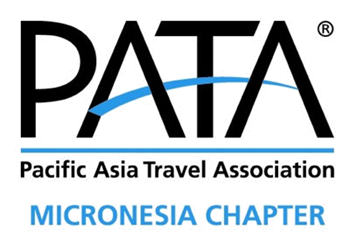
The history of social media and its role in Micronesian tourism today
By Ed Arriola, Jr.
PATA Micronesia Board Secretary
Social media is defined as “websites and applications that enable users to create and share content or to participate in social networking.” Most of us in the travel industry can recall a time when airport arrival areas and hotel lobbies were filled with racks of brochures and maps. Back then, our Japanese tourists (who many of us enjoyed in the 80s and 90s) arrived at destinations with paper-based products, booklets, glossy-print magazine ads and unique cutouts of paper-based products and services that our Islands offered. Depending on the location, once checked-in to a hotel, guests usually had a dedicated channel on their hotel television and would see rotating ads of further services and tourism products.
Between 2000 to 2010 tourists also came with laptops. They would connect to the internet in hotel rooms or lobbies and start to drift away from paper-based marketing. The paper was still there, but it was now being used as a reminder to check out reviews and prices online. With the introduction of touchscreen smartphones like the iPhone in 2007 and the Galaxy S in 2010, marketers around the world noticed a trend in unit sales correlating with the creation of mobile apps and mobile-friendly websites. This was the beginning of social media and its effect on tourism.
From 2012 to 2019, Saipan experienced a huge uptick in Chinese arrivals with chartered flights originating from Beijing, Shanghai, and third-tier cities. I was fortunate to have been working on the marketing-side of on-island experiences and had a front-row seat to observe and take notes in the shifting of tourism behaviors and reactions to old-school and new-school formats of marketing. Stepping back from the Chinese demographics, I was then able to see that this new wave of marketing was taking place across all arrivals including Koreans and Japanese. The tourists were not bringing laptops to a tropical island anymore, they were grabbing brochures and pamphlets just to examine and compare online reviews from other tourists’ experiences. Tour operators could no longer charge fees based on volume of the day or how they felt, lest they get a screenshot thrust onto their faces showing a different price or product. Tour guides and sales associates would report of tourists taking photos of luxury goods and comparing them to how much it would cost in their own country – factoring in shipping, handling, and even taxes. If the math made sense, they would purchase a product on the spot; if it didn’t, they would place an online order while eating lunch on Saipan and then receive their product via the mail when they would return to their home countries.
There are four key elements social media and travel have in common, which connect them to one another: 1) Humans want to expand beyond their current lives and activities; 2) Humans want to see something unique and beautiful; 3) Humans want to see and learn about new cultures and experiences; and 4) Humans want to show their friends and family the things they have seen and done.
In closing, our destinations must ensure that they incorporate traditional marketing with new styles. Paper will never go away; but today, it becomes more of an “attention” piece than an informative one. Do not be afraid to develop robust mobile apps and websites. Include as many relevant photos as you can, utilize virtual reality, post videos…connect them all. The tourist will look at it all together with their friends and families prior to deciding if they want to visit your destination. While you enhance your marketing, make sure you do not present false expectations. This is where social media becomes dangerous. Take great photos and bright videos of your products and services with the true intention of what your visitors will see when they arrive. The last thing you want or need is a mobile phone thrust onto your face by a tourist saying it was not what they saw online; because the next thing they will do is… write a review.






